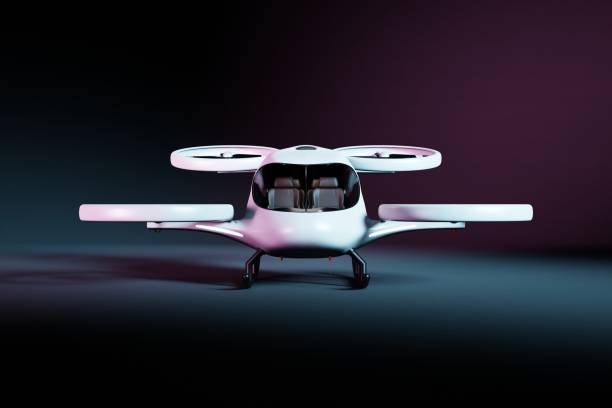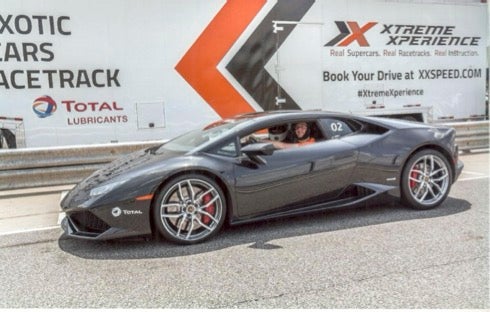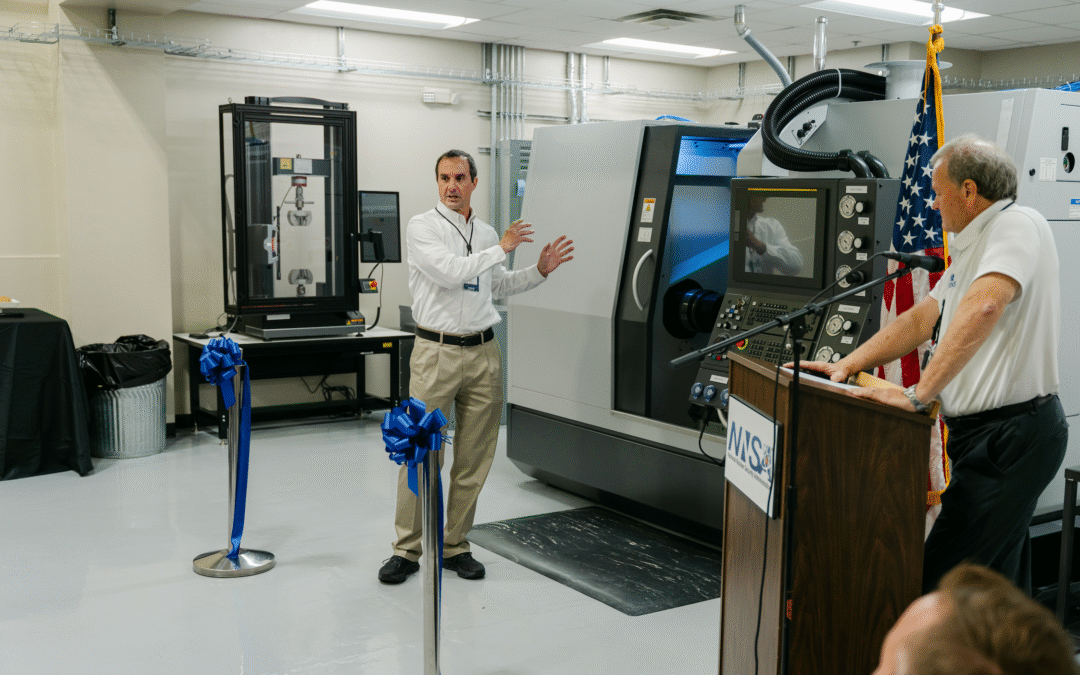It did not take long after the development of the airplane and motorcar for people to dream of combining the two, and the flying car became an idealized part of the imagined metropolis of the future.
The idea of the flying car did not remain in the domain of comic books and futuristic cartoons for long as people began putting wings on cars in the 1950s. However, the idea always remained just that, an idea.
Now experts say that flying cars or electric vertical take-off and landing (eVTOLs) are already here.
According to the journal, Science News, researchers and engineers from all over the planet, such as those at Missouri University of Science and Technology, have created working prototypes of a reliable (eVTOL) that only needs a few tweaks and governmental approval to take to the skies.
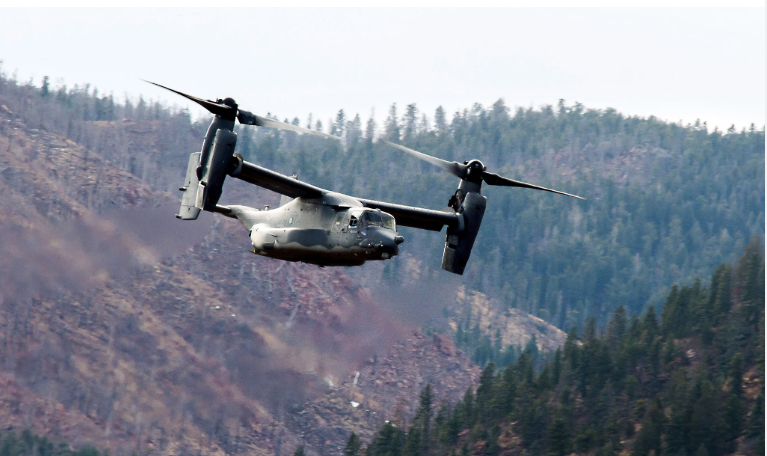
One major hurdle has been the fact that traditional airplanes need a runway for take-offs and landings, and that requires far too much space on the ground to be practical.
At Missouri University, by combining airplane, helicopter and drone technology, researchers say that they have a workable model of a craft that can take off vertically, then deploy wings and fly like a normal airplane; this technology can be traced back to projects such as the military’s Bell Boeing V-22 Osprey.
The next problem to tackle is how to properly license the vehicles and those who fly them as well as how to create “skylanes” to safely handle traffic. Natural weather events such as rain, fog and icy conditions are a hazard for ground-based vehicles, but those annoyances can become deadly for the slightest mistake made in the air.
According to the BBC’s Top Gear, countries such as China are already handing out certifications for the vehicles themselves, so certifications for drivers should be next; once a country like China begins moving forward on such technologies, other countries have to fall in line or get left behind.
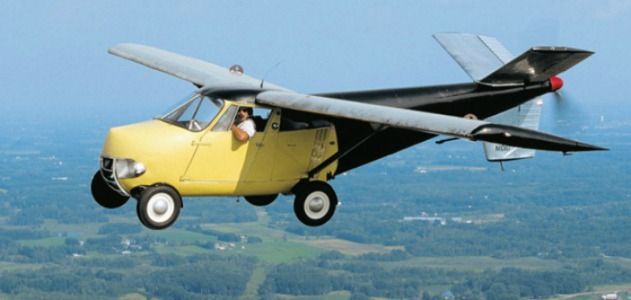
Almost all of the working prototypes are based on an electric propulsion system, so air pollution is not a part of the conversation at this point.
However, just like early cars and airplanes, the biggest obstacle putting Americans behind the yoke is cost. A certified craft being built by Alef Aeronautics, which is set to go into production this year, according to Science News, will start at around $300,000.
According to National Geographic, the industry is looking at the possibility of “air-taxis” as a way to ease the transition from roadways to airways. Over 150 companies worldwide are looking to create air taxis based on the drone model; such taxis could drastically reduce the commute time in large cities, making it worthwhile to spend a little extra cash to make it to an important meeting for people living in areas such as New York City.
Most experts agree that the average human commuting by aircraft is not a question or ‘if’ any longer, but, rather, a question of when.
…See you on the road!
Scott Hudson is the Senior Investigative Reporter and Editorial Page Editor for The Augusta Press. Reach him at scott@theaugustapress.com

